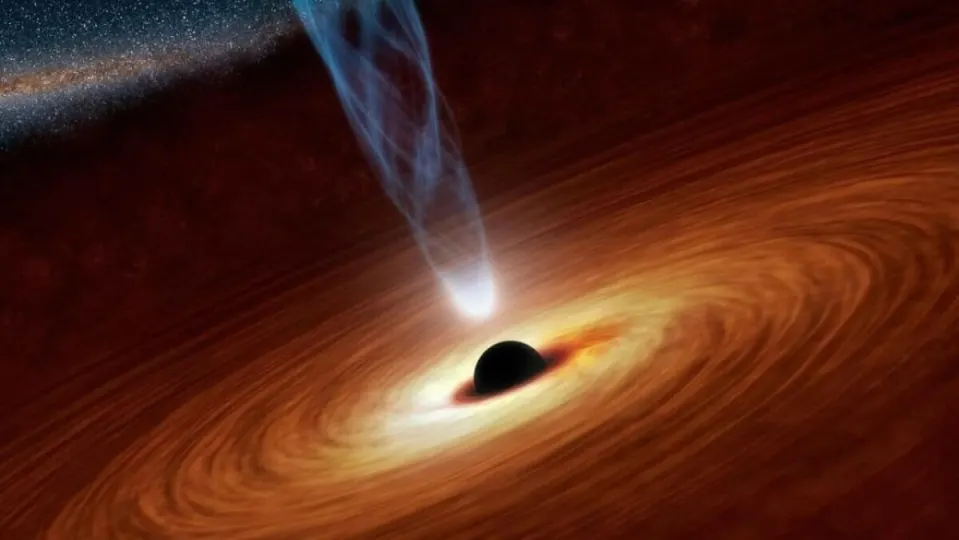Black holes could be hurtling through the Universe at astonishing speeds: almost 10% of the speed of light. This is totally fascinating and novel for our physicists.
According to simulations of collisions between these extreme objects, this is the maximum speed that black holes can reach after an energetic collision. Here is everything you need to know about black holes to understand the article.
This is a much higher velocity than previous calculations, suggesting that although we still have much to learn about how black holes collide, we are getting closer and closer to understanding these violent events and their aftermath.
“We have been able to provide an accurate estimate of the final recoil resulting from the high-energy collision of two black holes. Extrapolation to extreme spins has led us to estimate the value below 10 percent of the speed of light,” write researchers James Healy and Carlos Lousto of the Rochester Institute of Technology.
How a black hole can go almost as fast as light
When two black holes merge, the final product does not necessarily end up sitting in the original galactic orbital position like the binary. The collision, depending on its energy, may produce a recoil that “propels” the final black hole – the product of the original two – into a new trajectory and velocity.
This occurs when the gravitational energy is unevenly distributed and more is emitted in one direction, as a result of unequal masses, spins or both in the black hole pair before merger.
Previous estimates placed the maximum speed that this effect could reach at about 5,000 kilometers per second with respect to its point of origin.
To date, a high-speed black hole has been detected that scientists believe was the product of a recoil kick. It travels at about 1,542 kilometers per second. But defining the limitations of the process may help astronomers figure out how often it occurs.
This is crucial information for black hole science. For example, we have detected black holes that are more massive than theory suggests they should be.
A high number of moving black holes after a collision could explain this. A higher number of moving black holes increases the chances of collision, which could result in black holes more massive than the mass limit of the collapsed core.
Healy and Lousto used a supercomputer to perform 1,381 full numerical simulations of collisions between two black holes of equal mass with opposite spins pointing along their orbital plane.
This is how they obtained their maximum speed: 28,562 kilometers per second. That is, more than 100 million kilometers per hour. The escape velocity for an object speeding through the Milky Way from the solar neighborhood is 497 kilometers per second.
The fastest object ever built by humans is the Parker Solar Probe, which reached 163 kilometers per second in 2021.
Fortunately, the exact scenario used by the researchers is quite unlikely to occur; but discovering the extreme limitations sets the stage for future studies.
A study a few years ago found that there could be hundreds of black holes pushed by a recoil kick whizzing around the Milky Way even as you read these words.
If they travel a little slower, the idea seems a little less intimidating. Luckily for everyone, they’re not likely to crash into us, so you can go about your normal life and go shopping for bread this morning.
Some of the links added in the article are part of affiliate campaigns and may represent benefits for Softonic.


